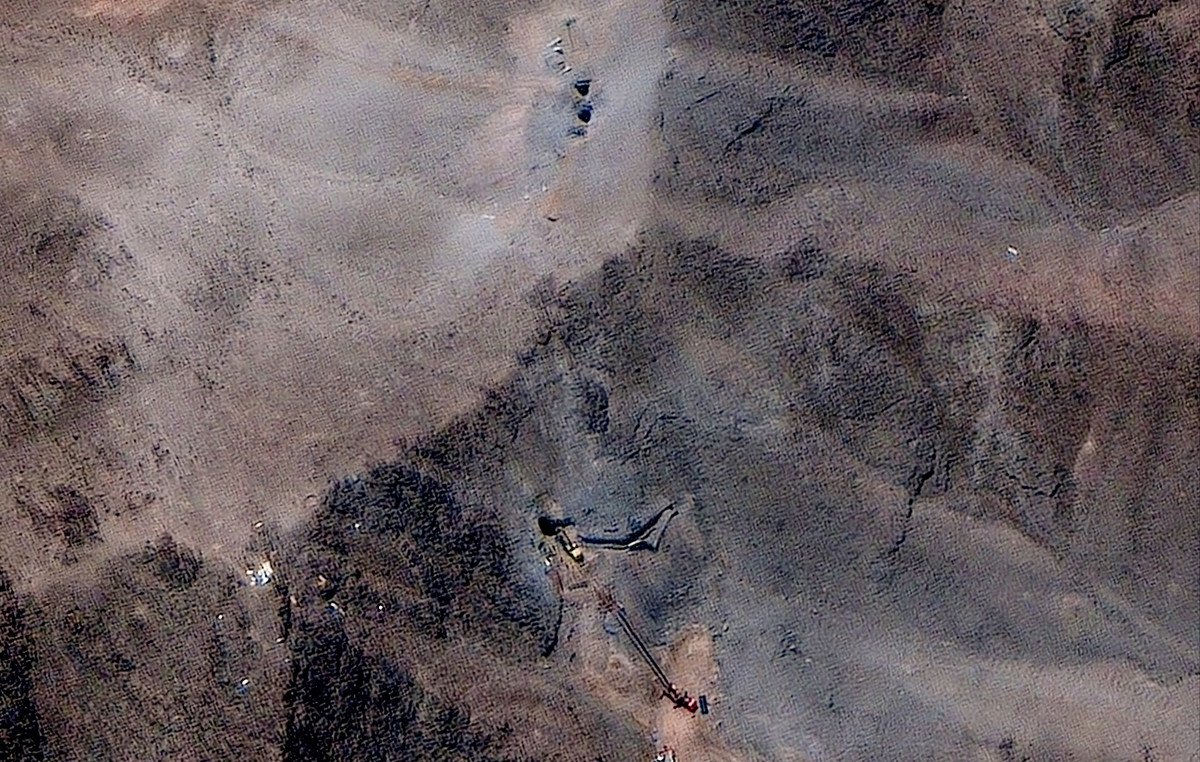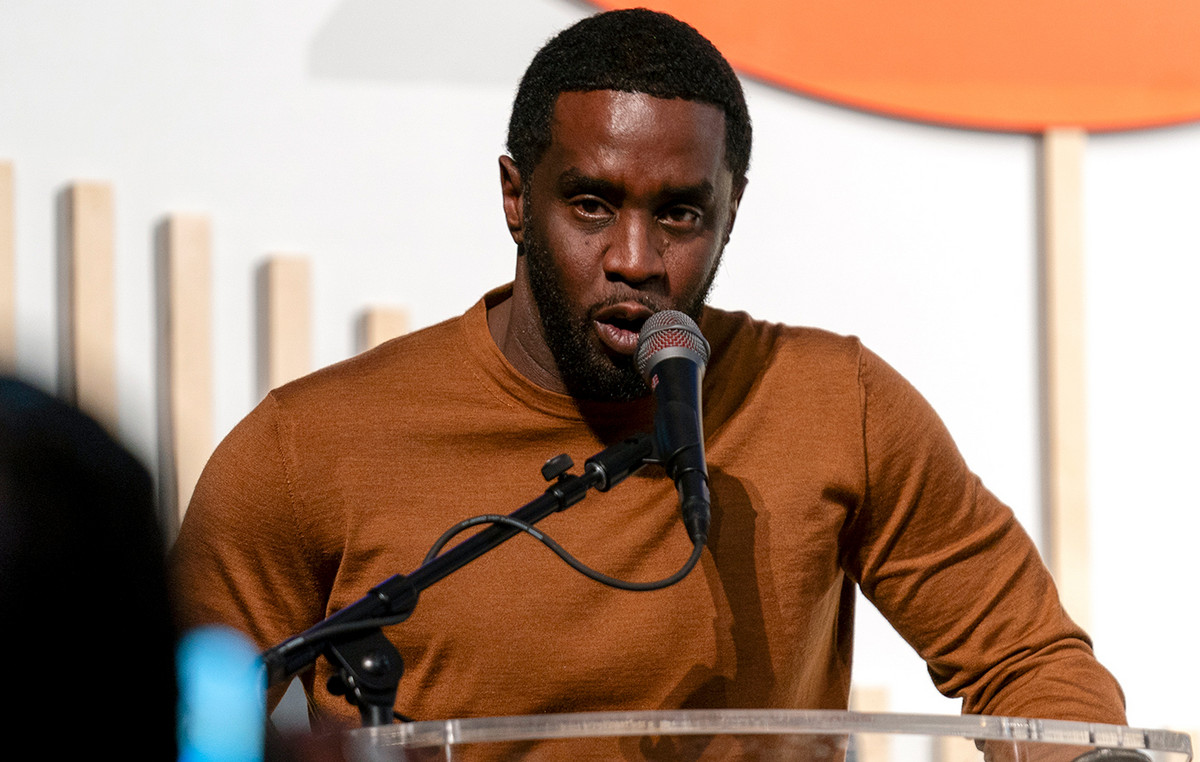More than 300 cases of monkeypox have been confirmed since the outbreak began in countries where the disease is not endemic, according to the scientific platform Our World in Data. Certain population groups are at greater risk of becoming infected or developing severe cases.
Who is most at risk of becoming infected?
There are three population groups most at risk of being infected with the disease, said Dr. Richard Kennedy, professor of medicine and co-director of the Mayo Clinic Vaccine Research Group, told CNN .
The first is formed by those people who travel to countries where the disease is endemic. According to the World Health Organization (WHO), these are Benin, Cameroon, Central African Republic, Democratic Republic of Congo, Gabon, Ghana, Côte d’Ivoire, Liberia, Nigeria, Sierra Leone, South Sudan and Republic of Congo. , where the first human case was identified in 1970.
Travel, by the way, is a key factor in outbreaks. With “very few exceptions”, according to the specialist, all the cases of monkeypox that had been recorded before outside Africa were from travelers returning from that continent.
Also at greatest risk are those in close contact with these individuals who have traveled and healthcare workers who treat smallpox patients without adequate personal protective equipment.
Why do we talk about the LGBT+ community?
The US Centers for Disease Control and Prevention (CDC) said this week that anyone can catch or spread the disease, but a “remarkable fraction of cases” in the current global outbreak are occurring among gay and bisexual men.
“Some groups may have a higher chance of exposure at this time, but the current risk of exposure to monkeypox is by no means unique to the gay and bisexual community in the US,” clarified Dr. John Brooks, medical director of the CDC’s Division of HIV/AIDS Prevention.
In this regard, Kennedy explains that the outbreak so far has focused on a group of homosexual men who have attended one or more parties in Spain. But “it is not a question of vulnerability”, he explains. “They may be at greater risk simply because they are the group of the population currently infected”.
UNAIDS, the UN program to combat AIDS, in turn, expressed concern about the use of stigmatizing language in the context of the discussion of the disease, warning that language that can reinforce “homophobic and racist stereotypes”.
Who can develop more severe cases?
Immunocompromised people are more likely to become infected and develop more serious illnesses. This category includes, Kennedy explains, HIV-positive people, cancer patients, organ transplant recipients, and those taking immunosuppressive drugs.
Some skin diseases, such as eczema and atopic dermatitis, are associated with more serious infections due to the orthohopox virus, a genus of which monkeypox is a part, but it remains to be seen whether this will be the case specifically for the disease.
What happens to the children? In countries where the disease is endemic, health professionals have noticed that children develop the disease more severely than adults. However, it is still not certain that this is the case with monkeypox, explains Kennedy.

How can the virus mutate?
All viruses mutate, a reality that we are very aware of in the context of the coronavirus pandemic. However, according to Kennedy, the monkeypox virus, like all of the orthohopox family, “is a DNA virus and mutates more slowly than RNA viruses such as SARS-CoV-2.”
The more people who are infected, the more likely the virus is to mutate.
“Most mutations are harmful to the virus or have no effect on it (…). Every now and then a mutation occurs that is beneficial to the virus. When this occurs, the mutated virus still needs to be transmitted to more people to spread. This is easy for highly infectious viruses, which is not the case.”
What is the status of vaccines?
In the United States, monkeypox vaccines are now available to some health care workers who treat infected people.
Smallpox vaccines are 85% effective against the disease, according to the WHO. However, “very few countries have available in large numbers since smallpox was eradicated in 1980, and routine vaccination has not been done for decades,” explains Kennedy.
Currently, he says, “few companies” have the capacity to manufacture them. Yes, they could be produced in large quantities, but it would take a long time. “We would have to build the infrastructure and facilities for manufacturing, ensure quality control by regulatory bodies, and then distribute the vaccines,” he explains.
Source: CNN Brasil







